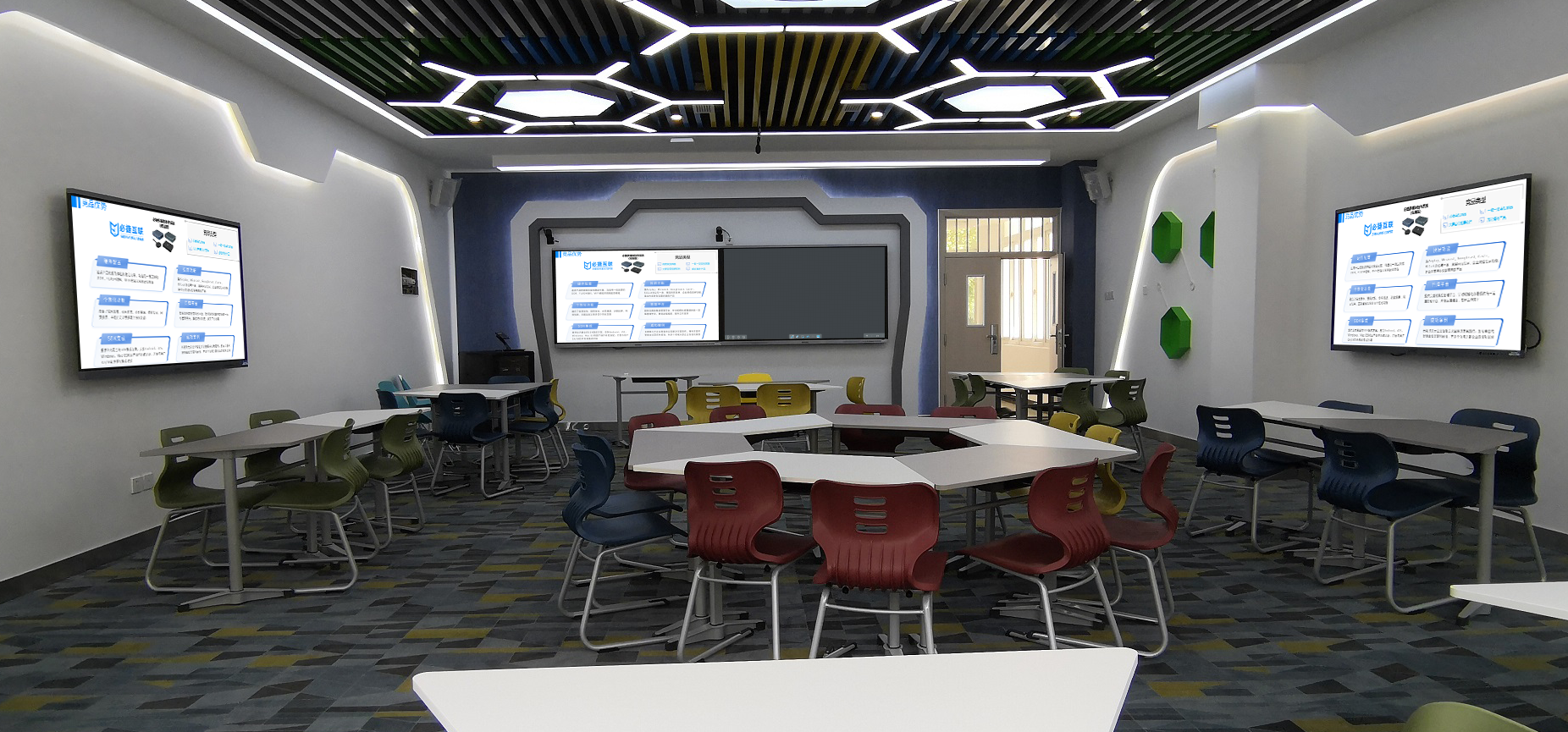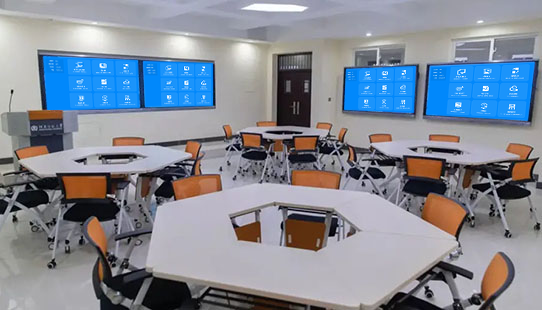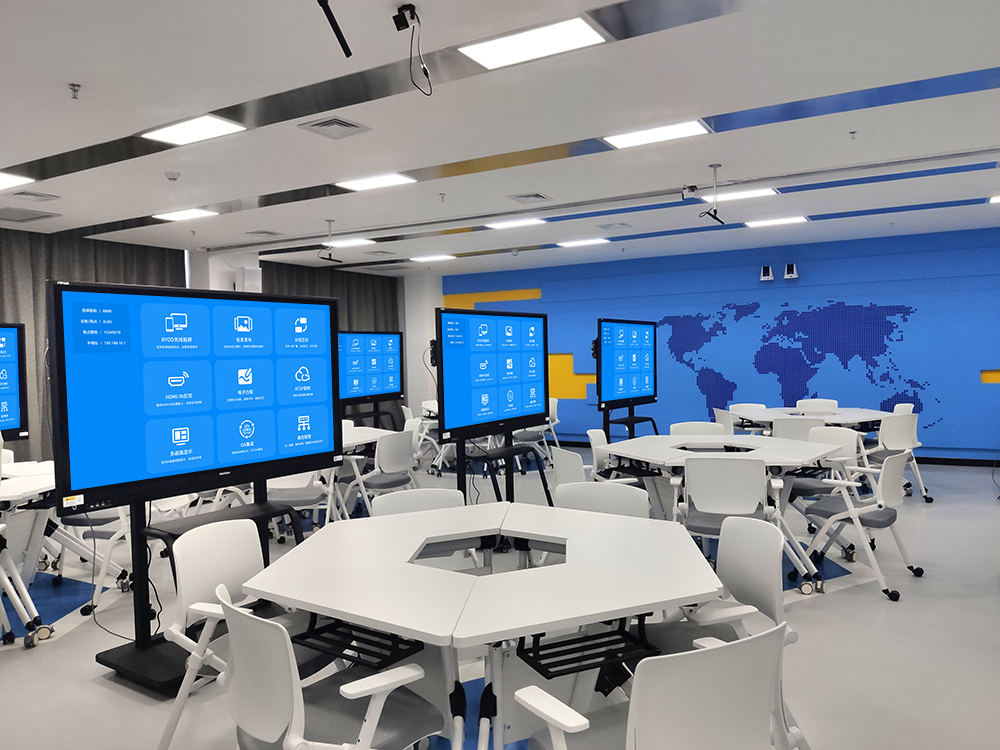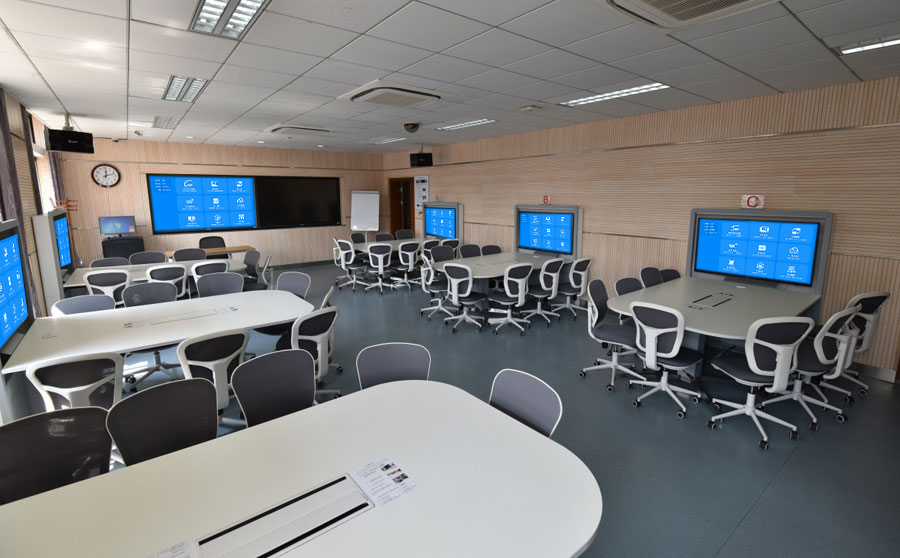Multi-Screen Interaction: Making Device Collaboration More Efficient
Phones, computers, tablets, large displays… we’re surrounded by more and more electronic devices, but the information silos between them can often be frustrating. The emergence of multi-screen interaction technology breaks down these barriers, simplifying content flow and collaborative operations. Whether for office work, teaching, or entertainment, you can enjoy a more efficient experience.
Seamless Content Flow: Zero Barriers to Information Transfer
The most intuitive advantage of multi-screen interaction is the free movement of content between different devices. Meeting notes on your phone can be dragged and instantly synced to a document on your computer. An unfinished video on your computer can be tapped to resume playback on your big TV screen. Classroom notes on your tablet can be cast to the main classroom screen with one click, allowing all students to view them clearly.
This method of content transfer, which doesn’t require USB drives, Bluetooth, or network transfers, not only saves time but also avoids issues like incompatible file formats or interrupted transmissions. For example, when a design team discusses a proposal, the designer’s sketches from their tablet can be cast to the team’s large screen in real-time, while colleagues use their phones to mark modifications. All content updates simultaneously, leading to smoother creative brainstorming.
Collaborative Operations: Making Multitasking Easier
Multi-screen interaction isn’t just about simply moving content; it enables collaborative operations between devices. You can directly control connected phones or computers from the big screen, replying to messages or switching pages without constantly looking down at a small screen. For office work, you can handle documents on your main computer screen, browse information on your tablet as a secondary screen, and display overall progress on the large screen, effectively doubling your multitasking efficiency.
This collaborative capability is especially practical in teaching scenarios. When a teacher explains key concepts on the main classroom screen, they can use their phone to remotely control page turning and highlight points on the big screen. Students’ connected tablets can receive content from the main screen while also allowing them to take independent notes. If they have questions, they can even cast their notes to the main screen with one tap to ask, leading to deeper classroom interaction.
Full-Scenario Adaptability: New and Old Devices Can Join In
Worried that your old home TV or traditional company projector can’t participate in multi-screen interaction? There’s no need to fret. Through adapter tools, both smart devices and traditional display terminals can quickly connect to a multi-screen interaction system. An old TV connected to an adapter device can receive phone screen casts, and a traditional projector paired with an interactive tool instantly transforms into a smart screen capable of collaborative operations. You don’t need large-scale equipment replacement; you can enjoy technological convenience at a low cost.
The core of multi-screen interaction is to allow each device to leverage its own strengths, forming an efficiently collaborative whole. When the portability of a phone, the efficiency of a computer, and the intuitiveness of a large display perfectly merge, devices are no longer isolated tools but collaborative partners, allowing us to handle tasks with greater focus and efficiency.